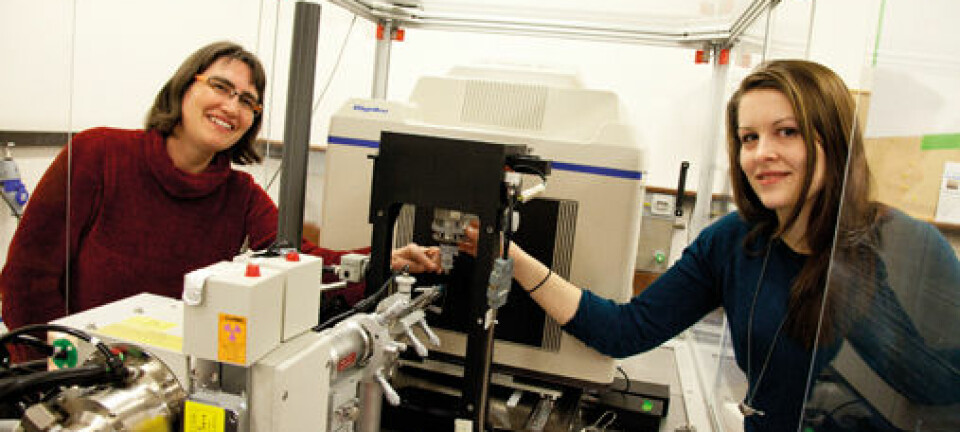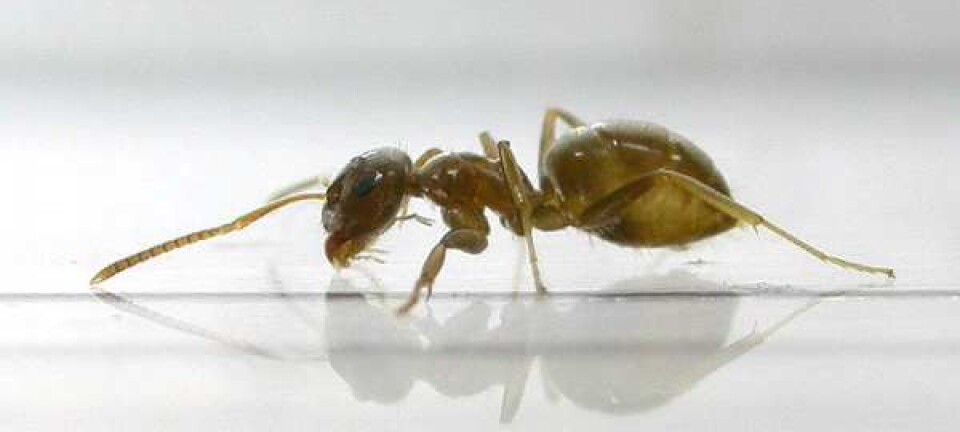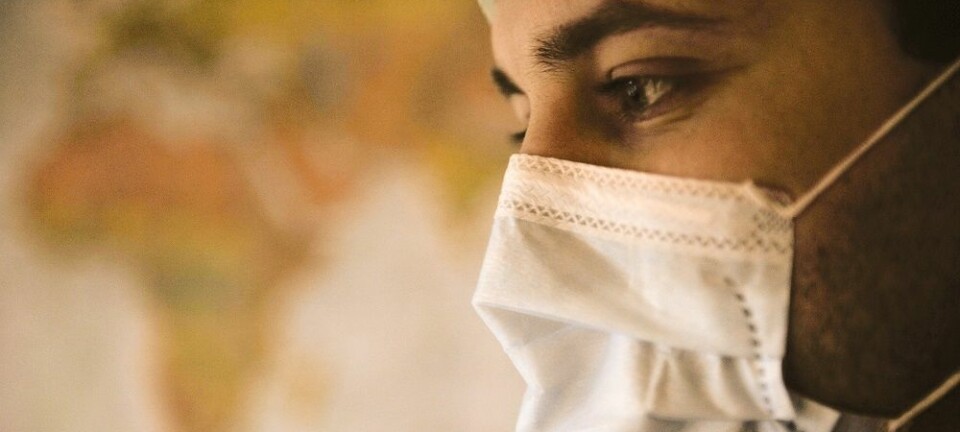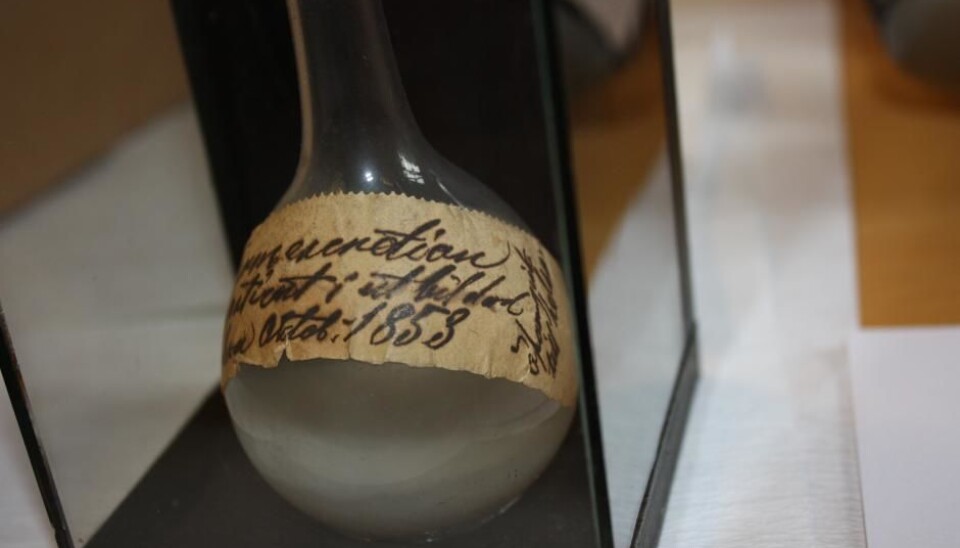
A cholera sample from 1853 could cast new light on epidemics
Scientists are hoping to open a bottle with, perhaps the oldest ever, cholera-containing stool sample taken from a patient during the 1853 cholera epidemic in Copenhagen.
Late summer, 1853, Copenhagen, Denmark. A Norwegian doctor stands beside a terminally ill cholera patient. During the past 24 hours the patient has excreted many litres of pale stool.
Perhaps the doctor intended to be in Copenhagen to help deal with the deadly cholera epidemic that erupted in June 1853.
More than 7,000 people were caught up in the epidemic that summer, of which 4,700 died. By the end, as much as ten per cent of Copenhagen’s entire population had died.
The doctor happened to take a sample of one patient’s cholera infected intestinal water in a bottle, which he labelled as “gut excretion from a patient in cholera outbreak October, 1853.”
160 years later in Copenhagen
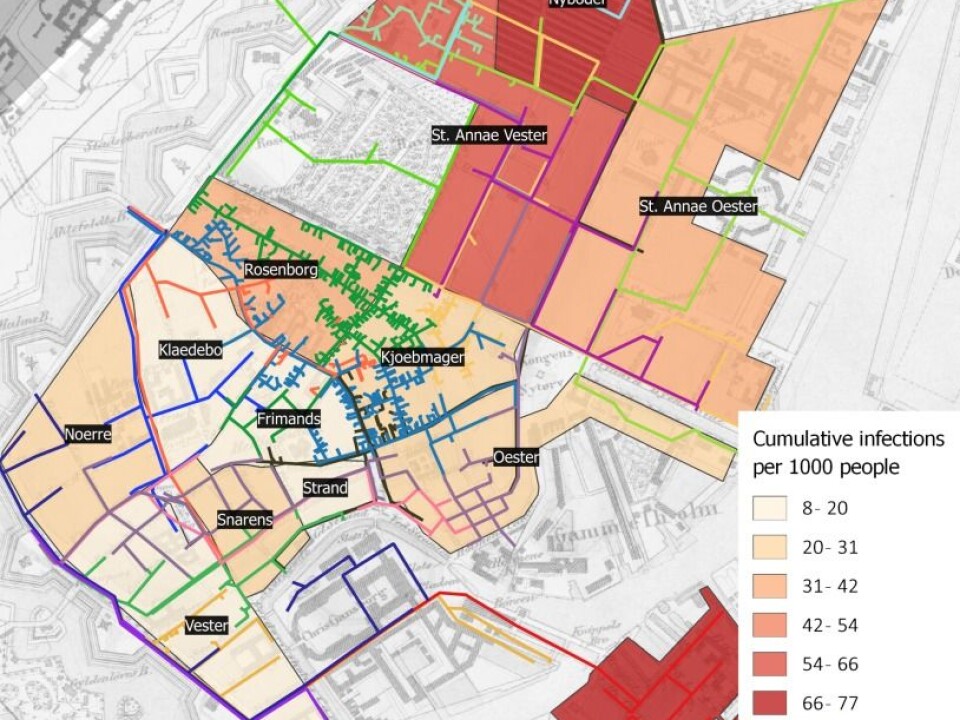
Peter Kjær Mackie Jensen leans forward. He adjusts his round glasses, blinks, and reads the label for the third time on the bottle that sits in a protective glass box in front of him.
“I went to a seminar at the Medical Museion [a museum in Copenhagen], and the chairs were really [uncomfortable] so I couldn’t sit there any longer and I went for a walk around the museum. That’s when I caught sight of this bottle,” says Jensen, a lecturer at the Copenhagen Center for Disaster Research (COPE), in the Institute for Public Health Science at the University of Copenhagen, Denmark.
The bottle contains perhaps the world’s oldest existing cholera sample. A sample that could provide new knowledge on cholera bacteria and cholera’s transmission route.
Old intestinal water casts new light on epidemics
An idea begins to take form in Jensen’s imagination—he wants to open the 160-year-old intestinal water sample.
Back in his office, he begins to investigate whether it would be possible. He teams up with two colleagues, visiting professor Lone Simonsen who studies historical epidemiology in the Department of Global Health, and Ph.D. student Matthew Phelps, and centre leader Ion Meyer from the Medical Musion.
“We know that the patient was hard hit by cholera, but we also know that he or she survived. Now we have permission to open the international treasure, so we can study the contents. Perhaps the cholera bacteria are still alive. That would be great as it would give us totally new knowledge of how cholera develops,” says Jensen.
A better understanding of cholera bacteria and how cholera spread in 1853 could perhaps help to better understand modern day epidemics in catastrophe-hit area.
Therefore, scientists are applying for financial support to fund their research and open up the old flask.
“We cannot know if it will explode when we begin to tamper with it. Perhaps it has fermented and created huge pressure. Then we’d risk being covered in cholera infected excrement,” he says.
-----------------------------
Read more in the Danish story on Videnskab.dk
Translated by: Catherine Jex

